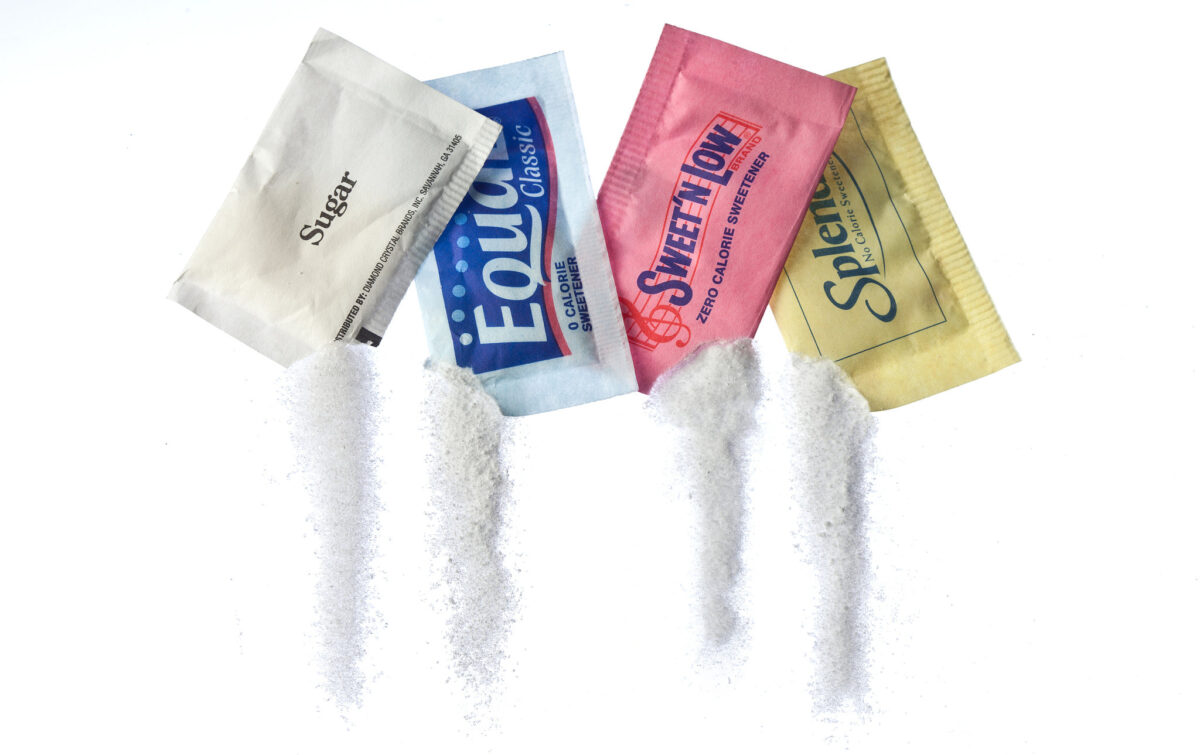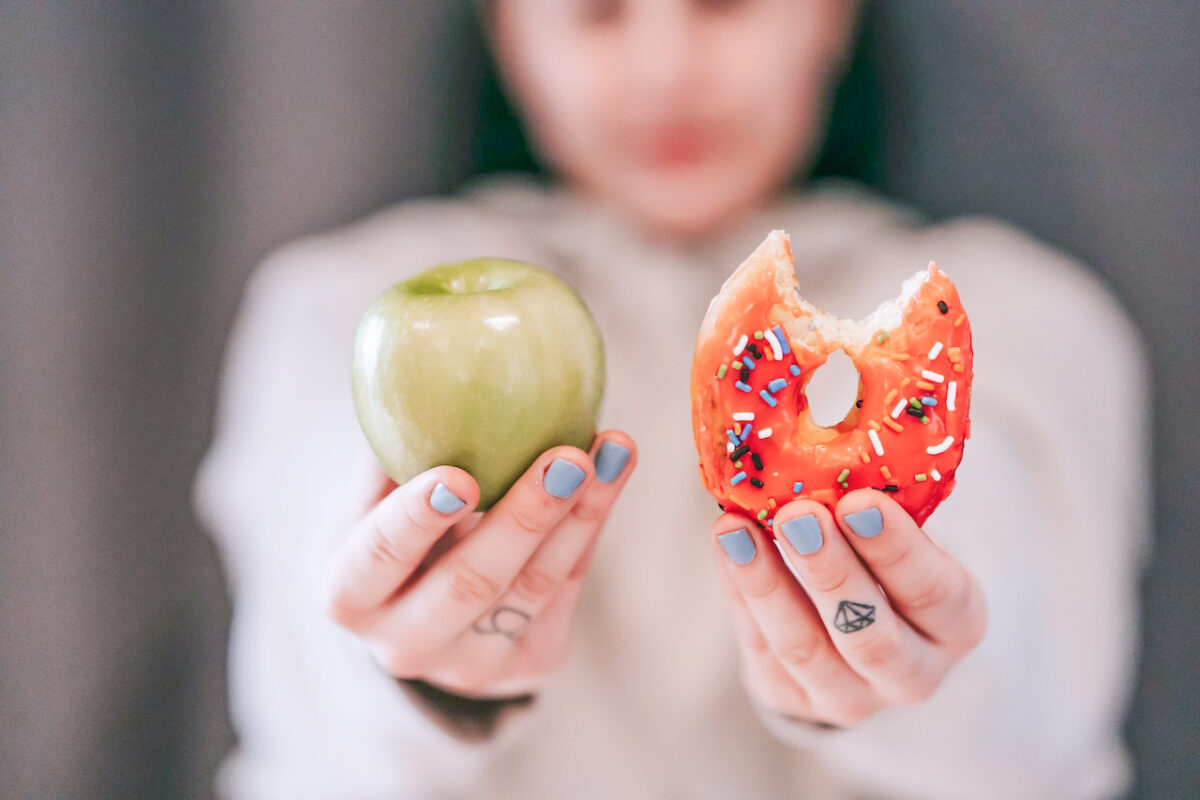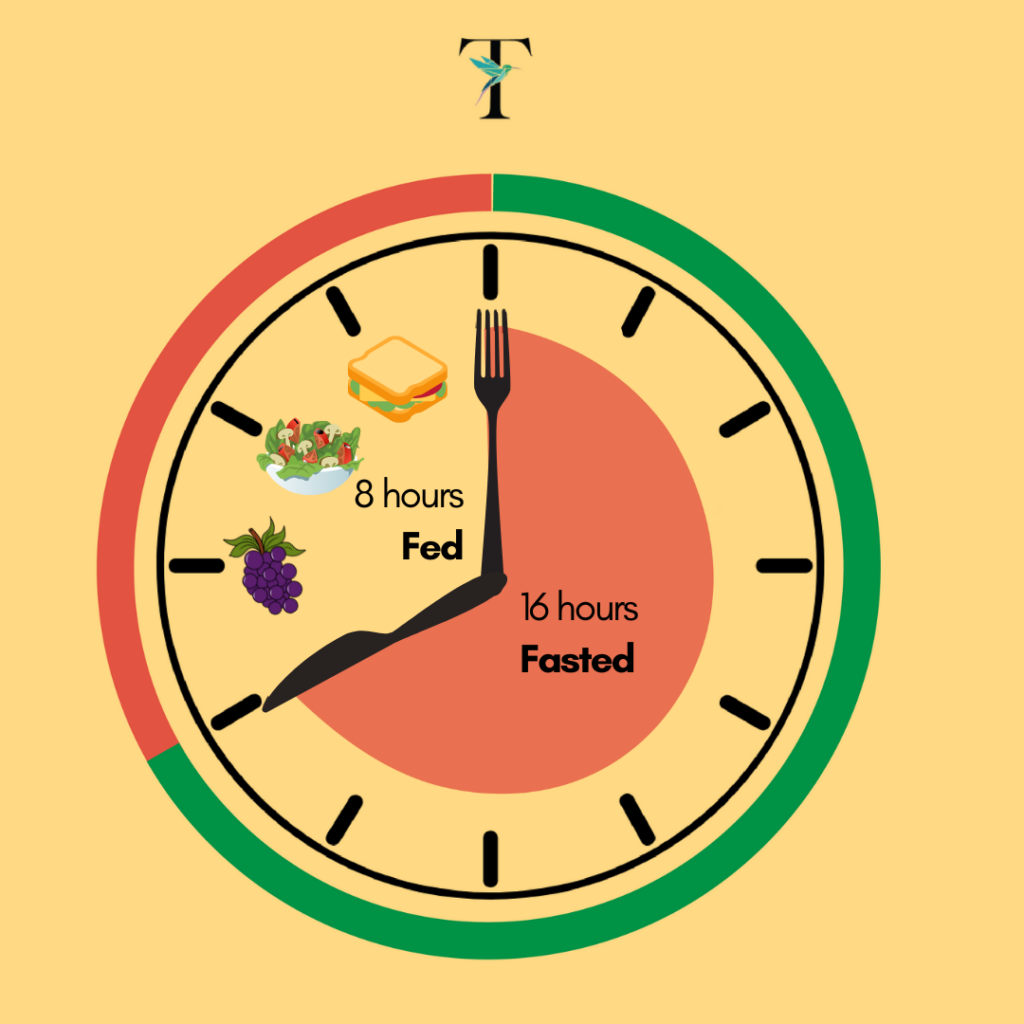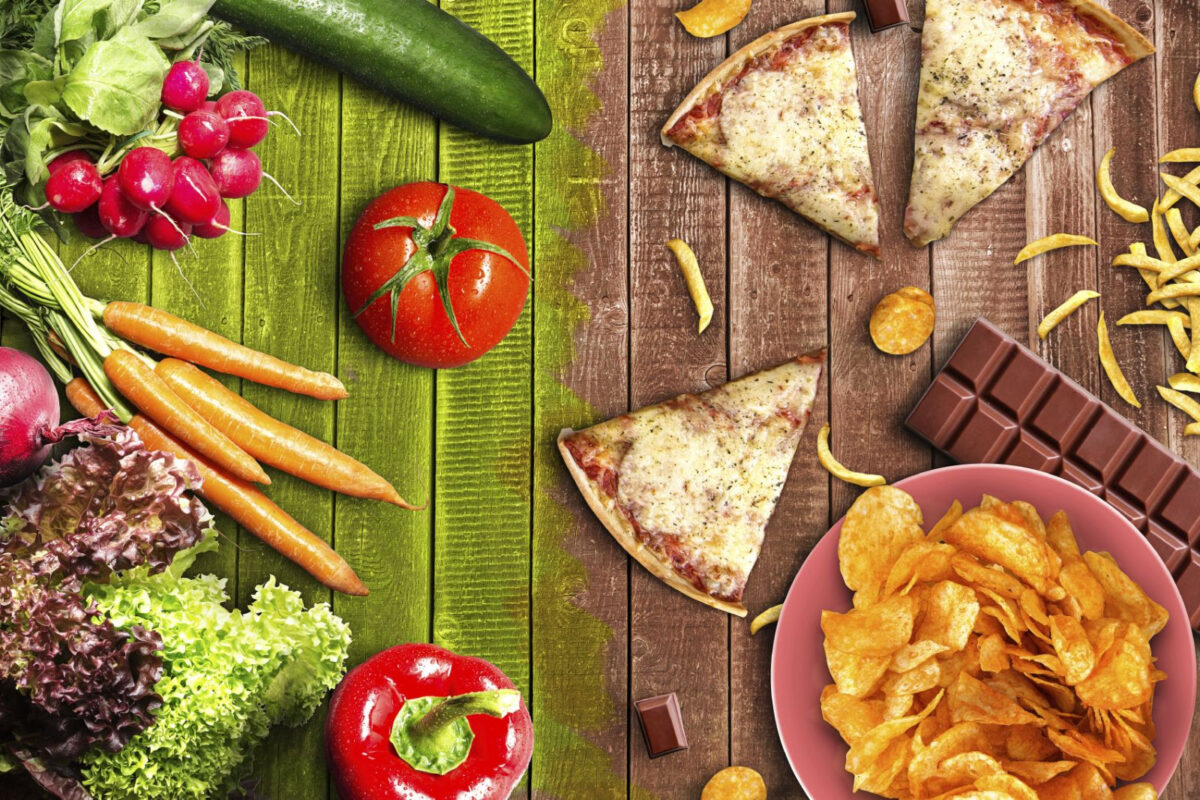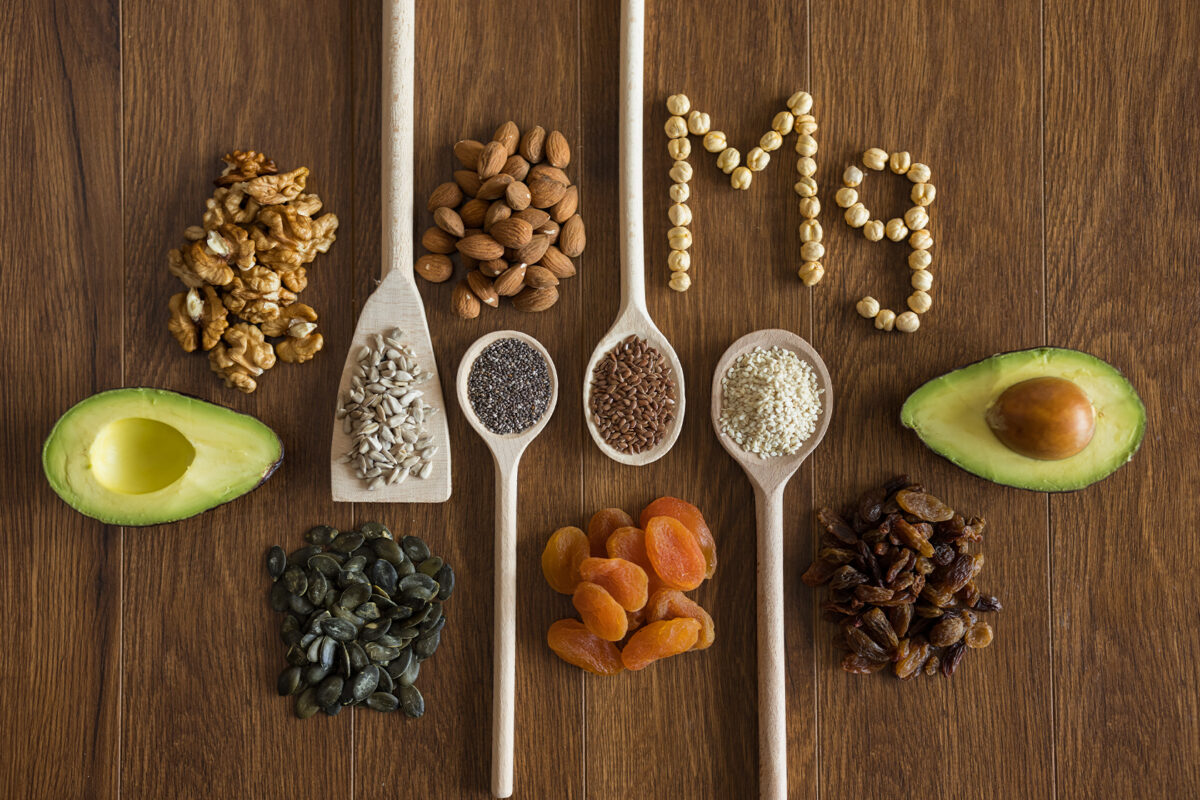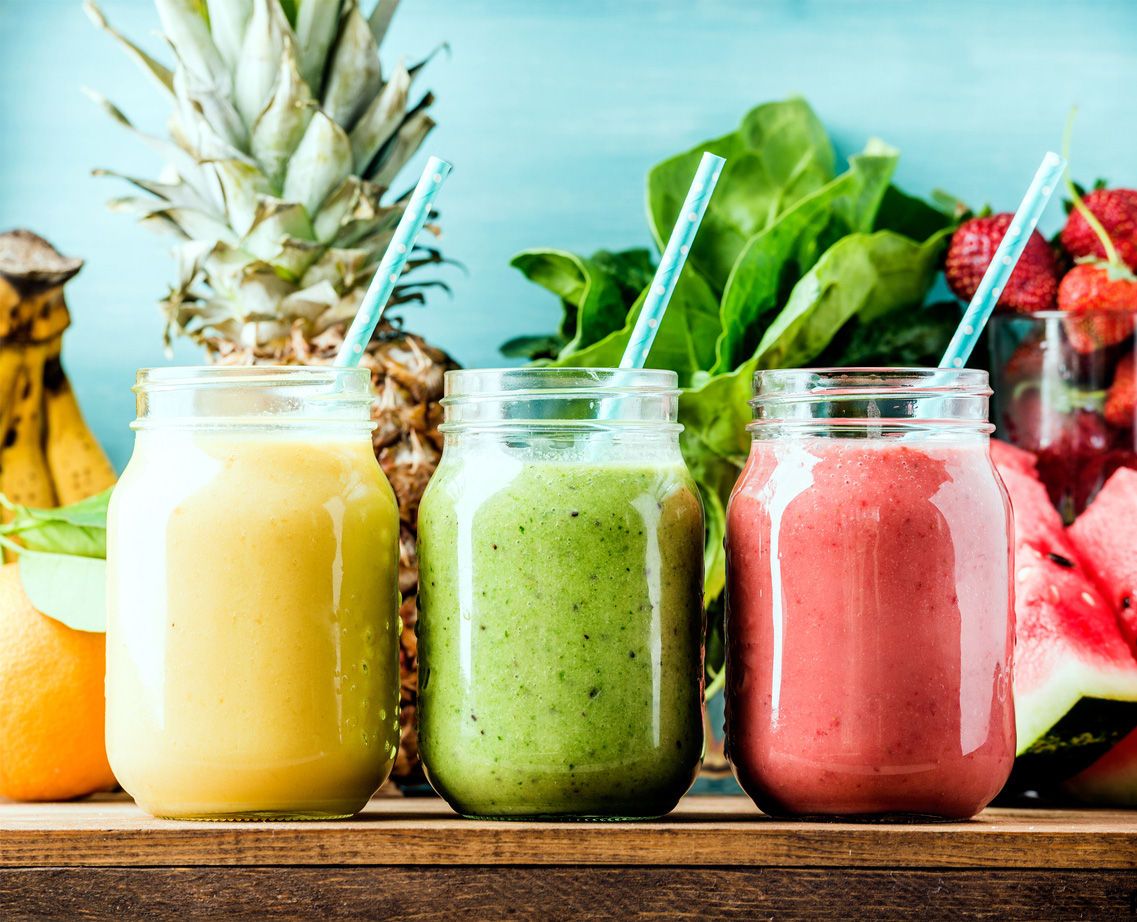By Tim Irvine, MSc.
In March 2022, I wrote an article about ‘embracing micro’. In short, it was a workout approach that suggests anything is better than nothing, and that even five minutes of activity can be helpful for you. Fast forward to today where the concept has deepened, grown roots, and spread to other areas of my life.
As an avid consumer of great wellness information, I’ve had the pleasure of learning from some of the worlds leading experts on a wide variety of topics related to a healthier and happier life. I’ve tried my best to distill this information in an understandable, bite sized way through our weekly wellness blast and podcast.
I’ve also seen thousands of people struggle with too much change at once, leading them to failure too often.
This leads me to the first of several suggestions.
- The constant drip of high-quality information
If someone told you today, ‘do this thing for your health’ it is unlikely you would make an immediate switch. Over time, however, if you hear the same message multiple times, and it comes from sources you can trust, you slowly adapt your way of thinking until, one day, you effortlessly make a change that will forever benefit your life. I’ve experienced this firsthand with food and alcohol choices as well as my approach to physical activity.
Expose yourself regularly to micro doses of great information.
2. 18 minutes a day (or less)
The second concept is the pace of time as a blessing, not a curse. As we know, time goes fast and it’s remarkable how quickly a year goes by. This is a common perception, and it seems to accelerate as we age. Conversely is our misperception of how long it takes to start something new. We put false constraints on ourselves thinking ‘I don’t have time to start this right now’, and then another year goes by.
The concept, in short, states that spending 18 minutes a day at something, you will be better than 95% of the world after one year. I don’t know how true that is, but if you spend even five or ten minutes a day practicing something, you will become competent after a year. Will you be better than 95% of the world? Who cares? You are doing something you enjoy and getting better at it. That adds enjoyment and satisfaction to your life and is vastly less time consuming than you think.
Similarly, habit guru James Clear suggests getting 1% better each day at whatever it is you would like to improve.
Regular, micro doses of practice will make you better.
3. Make it easy for yourself to succeed
Lastly, it’s often the smallest impediments that prevent us from starting or continuing positive habits and behaviours. For this reason, it’s critical to remove as many roadblocks as possible. Like many things, this is much easier to do than we think. You don’t need super will power to make change, just a different approach and, potentially, a different environment.
A friend of mine wanted to start playing guitar but was convinced he did not have the time. Finally, someone recommended an app and his partner gifted him a guitar and stand. He decided to place it in the room of the house where he spent most of his time. It was a constant invitation to play and he ended up playing anywhere from 5-20 minutes, multiple days a week. Now comfortably plays songs at the campfire. He’s not Ed Sheeran, but he created an environment that allowed him to succeed.
Similarly, if you want to cut down on a type of food like chips, don’t bring them in your house in the first place.
Or choose something like this stylish and beautiful piece of furniture by Lifted Movement that puts workout tools conveniently in any room of your house.
Micro adjustments to your physical space will help you succeed.
Give this approach some thought or a try and see if it helps you evolve in a more pleasurable, sustainable, and effective way. Good intentions are one thing but being realistic about them makes a big difference to success or failure. Consistency in micro doses will win out in the long run.


